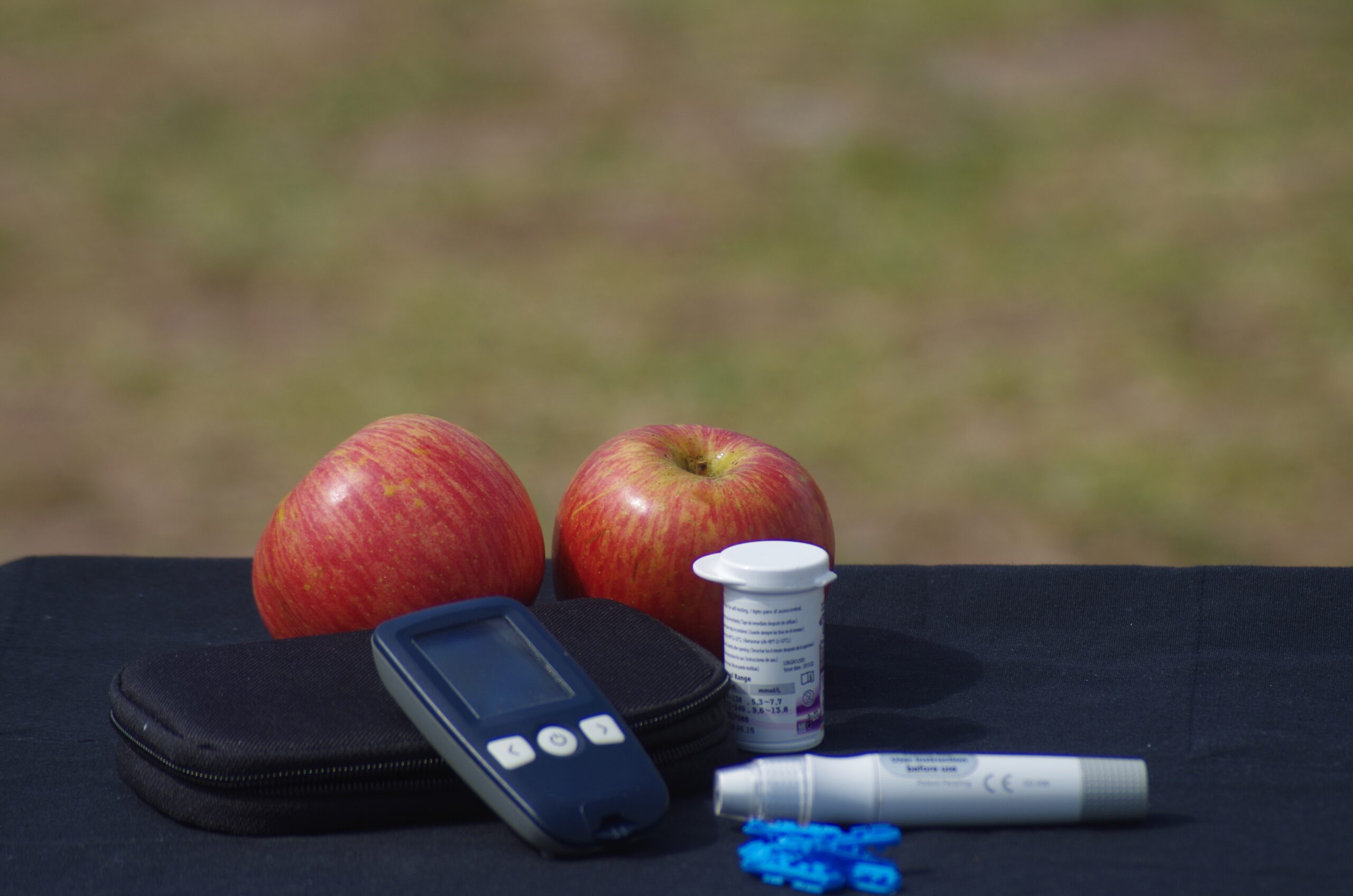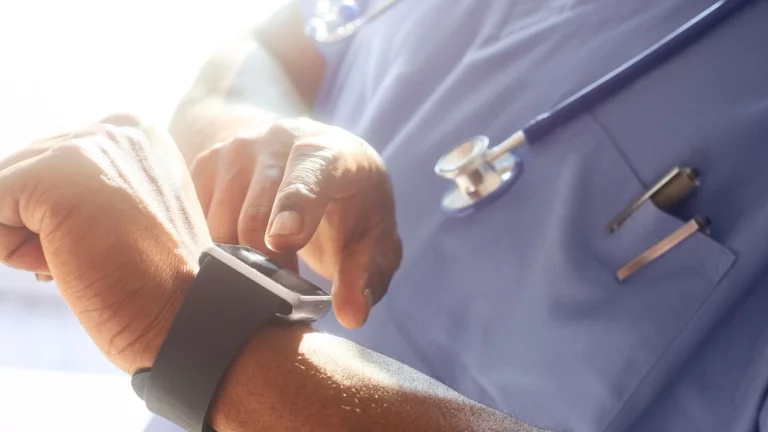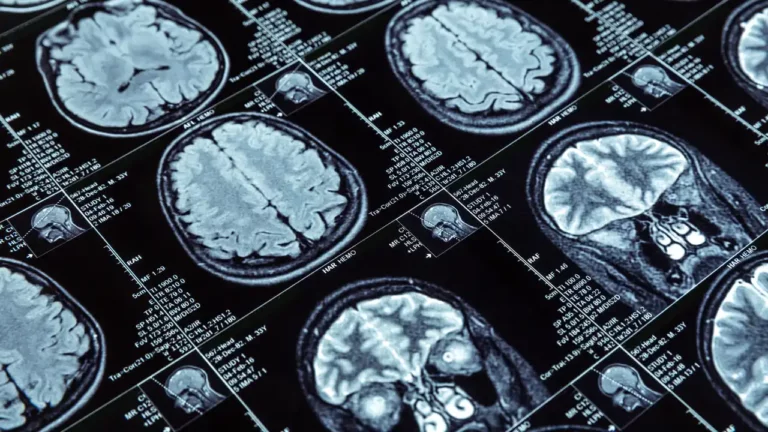“There is no standard patient. Same with the medicine dose.”
Improper treatment is one of the most significant risks to patients’ safety. Being prescribed the wrong drug is dangerous, and so is getting the wrong dose.
Medical professionals make sure that medication treats the patient’s condition in the safest and most effective way. Giving too much medicine causes adverse effects; giving too little undertreats the condition. Thus, drug dosing is often not as standard as it seems; it must be tailored to the patient’s condition, age, renal and hepatic function, and other vital parameters. Unfortunately, even though the process for making proper dose adjustments is well-established, clinicians still face difficulties in doing so.
Medication Errors with the Dosing of Insulin
Glucose control is critical in treating hyperglycemia in both diabetic and nondiabetic patients. On the other hand, insulin use has been linked to more prescription errors than any other form or class of drug, according to studies. Between January 2008 and June 6, 2009, Pennsylvania healthcare facilities registered 2,685 prescription errors concerning the use of insulin products to the Authority. The most common types of medication error associated with insulin were drug omission (24.7%), followed by wrong-drug mistakes (13.9%). More than 52% of the recorded cases involved circumstances in which a patient might have received the incorrect dose or no dose of insulin (e.g., dose omissions, wrong dose/overdosage, wrong dose/under dosage, extra dose, wrong rate errors), possibly causing glycemic control problems.
Remote Patient Monitoring (RPM) is being highly recognized as a potential way to address this concern. The COVID-19 pandemic has highlighted the need for medical professionals to utilize technology whenever possible. At the same time, it improves patient engagement and proper data monitoring, reducing the risk of medication errors.
Five Reasons Why Remote Patient Monitoring Help to Avoid Diabetes Medication Errors
1. A process for accurate data collection in digital format
Accurate data is vital in treating illnesses. A minor data inconsistency will mean a major error in the patient’s treatment. In fact, 1 in 3 deaths or serious injuries are due to misdiagnosis caused by inaccurate data collection. Hence, to address this, RPM provides a process for accurate data collection in digital format.
RPM’s continuous data collection allows providers to accurately diagnose a patient due to a large amount of patient data to analyze. Compared to traditional data gathering, providers are given minimal data that may sometimes cause misdiagnosis, leading to medication errors. For instance, patients with diabetes who use connected glucose meters provide more data often thirty (30) sugar count results in one (1) month than patients who only measure their blood sugar count every time they visit their providers. With more extensive data, providers can accurately diagnose and treat their patients.
Further, with RPM, data are already gathered in digital form. This means that providers are less burdened in converting patient data into digital format. It makes it easier to analyze with RPM’s artificial intelligence.
2. An electronic medical record for data incorporation and remote transmission
Electronic Medical Records (EMRs) are becoming increasingly important for patients to access their records via patient portals. In fact, the Centers for Medicare & Medicaid Services (CMS) released new requirements sometime in April and July 2021, requiring that patients must be able to download and view their own EMRs electronically.
RPM integrated with EMRs for data encoding and remote transmission enables data sharing between systems and different entities. For instance, when a patient’s data is entered into the RPM system via one device, it is incorporated with all other data of that patient. It is electronically transmitted to a secure location for storage. From there, the data will be visible to other devices from different locations. This functionality enhances the versatility of EMRs, enabling them to be used for everything from medication management to outcomes analysis.
3. A set of protocols for distant data analysis
The data analysis process entails inspecting, cleansing, manipulating, and modeling data to facilitate the identification of usable information. Health data analytics, also known as clinical data analytics, means deriving valuable insights from patient data allowing real-time decision-making in the remote monitoring and care of patients.
An RPM equipped with protocols for distant data analysis enables doctors to make more informed decisions about patient care. It promotes value-based health care delivery while also lowering costs.
4. A variety of communication tools to permit effective dialogue between patients and health care providers
Traditionally, clinicians and patients communicated exclusively at hospitals and clinics during check-ups and hospital admissions. However, RPM provides a variety of communication tools that enable successful contact between patients and doctors even when they are not in the same location. For example, clinicians can phone their patients to check on them while at home and change or revise their treatment plan if needed. These communication techniques help keep medical costs down while providing quality care for patients.
5. A system for automatically flagging and providing feedback for outlier data
Outlier data are those that appear to be out of the ordinary in comparison to all other data obtained. In RPM, after data is gathered from numerous connected devices, it is consolidated and presented to physicians and other care providers via a single, uniform dashboard that displays patterns and trends in at-home findings. The data displayed is determined by user-defined rules. An artificial intelligence layer informs the care team of rapid changes or outlier results based on the patient, condition, and care plan. For instance, if a patient with diabetes data indicates a sudden weight gain, an intelligent alert is delivered, allowing providers to immediately address health concerns before it becomes fatal.
Takeaway
In diabetes care management, remote patient monitoring (RPM) can help patients take their medications with the proper dosage and frequency due to accurate data and continuous communication with a care provider. For patients with diabetes, taking medicines as prescribed and at the right time is important to improve their condition especially HbA1c levels.
Diabetes requires interpretation and predetermined responses to many types of data that the patient at home can measure. RPM enables patient self-management activities and provides for distant data analysis so that patients can enjoy the company of their families while being treated.
RPM enables convenient and loyal communication between patients and clinicians via a variety of communication tools and the transmission of medical, imaging, and health information between sites. It is a procedure for collecting accurate data digitally and incorporating it into an electronic medical record. Remote transmission is a technique for automatically identifying and responding to outlier data.
Like diabetes, other chronic diseases like congestive heart failure, hypertension, and obstructive pulmonary disease need careful medication and treatment plans. Hence, telehealth and RPM are valuable tools that provide patient-generated health data necessary for continuous monitoring, reducing the risk of misdosing and medication errors.








